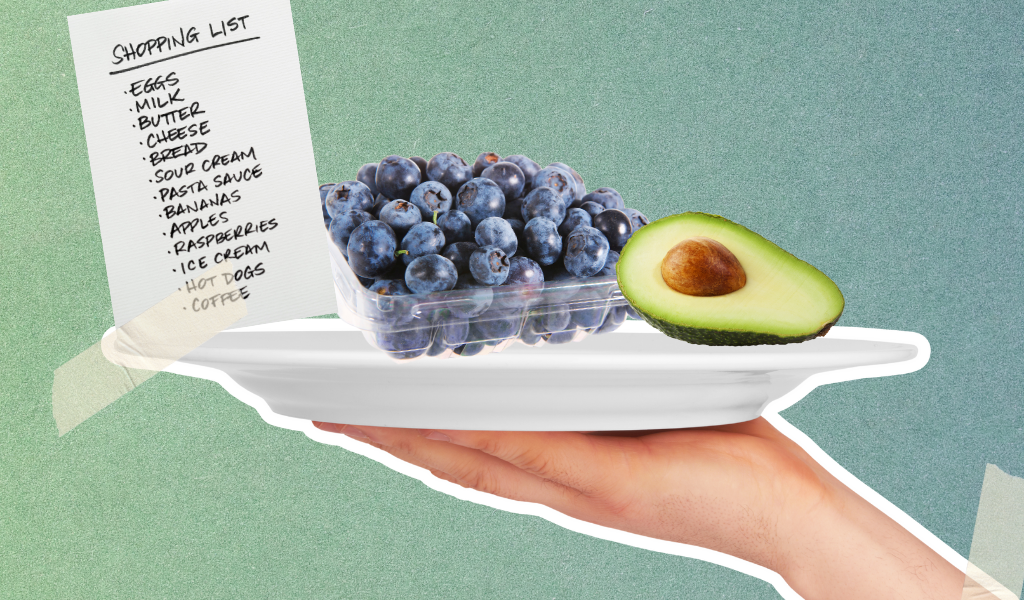Eating well is one of the great pleasures in life. It brings great enjoyment and creates wonderful memories with families and friends. It also fuels and protects our bodies, helping us build strong immune systems and ward off inflammation.
If you have cancer, post-treatment is a good time to start making changes to how you eat. You can learn how to eat happily and, yes, indulgently. It’s about using taste and texture as your guiding principles, rather than sugar and empty calories.
We sat down for a Q and A with health coach Paige Percival, integrative nutrition, health and transformation coach at healthcoachpaige.ca. She specializes in helping women use nutrition as a tool to feel healthier, more joyful and energized.
Life after breast cancer treatment.
FLEETSTREET: If you want to reduce sugar and processed foods in your diet, what are your top tips and tricks to make that happen?
Page Purvis: The good news is our taste buds turn over every 10 to 14 days. If reducing sugars and processed foods is your goal, then your decision, plus a bit of preparation, will get you over the initial hump. Then you get to retrain your body to crave foods that optimize your health.
Start your meals/snacks with a combination of protein, healthy fats and fibre. This may look like pan-fried salmon with roasted vegetables, a frittata with salad or a power smoothie made with greens, coconut and blueberries. More satiety and blood sugar stabilization help quash the desire to reach for empty calories later in the day.
Crowd out packaged foods. Reach for natural sweet options such as organic berries, green apples, dates, honey or sweet potato to fuel yourself and “crowd out” the store-bought treats.
Make once, eat twice (or even thrice!). It’s easier to stick to healthy options when there’s a delicious meal or snack waiting for you in the kitchen.
- Prepare in advance. Mason jar salads, energy balls, paleo bread or plantain crackers. Check out these recipes as starting points: Cocoa Date Energy Bites, One-Step Paleo Bread and Plantain Crackers.
- Triple your recipes and freeze leftovers in glass containers.
- Maximize kitchen time by preparing multiple options at once, like extra veggies for tomorrow’s lunch, pad thai.
Self-care for mental health and breast cancer: Can meditation help?
FS: Is reading labels helpful in terms of understanding fat and sugar contents in packaged foods? If so, what should we look for?
PP: Getting to know your labels is extremely helpful in optimally fuelling your body, and you don’t have to be a mathematician to do it. Check the ingredients, rather than counting the calories, sugar or fat content. The foods listed provide better clues as to whether a packaged food is right for your health.
Beauty standards: Post-cancer beauty is layered.
FS: Can we talk about managing cravings by simulating textures and why that may help “trick” the brain into satisfying some urges?
PP: Habits aside, your biology craves more of what it’s enjoyed in the past.
Identifying foods that work best for your unique body makeup can shift cravings within days. With this personalized blueprint for health, and a new baseline of feeling amazing, it’s easier to stick to nutritious, energizing foods to replace the “treats.”
For a healthier substitution to store-bought chips, check out kale, beet, sweet potato, cassava or plantain chips. Select the ones made with extra virgin olive, avocado or coconut oil, and simple seasonings like garlic or sea salt.
Cashew “cream” cheese, sugar-free organic salsa, olive oil-based hummus or make-your-own guacamole (just avocado, lime and sea salt) are delicious healthy dips.
Radishes, cucumber, jicama, celery, carrots or seed crackers are great dipping options over more processed ones. Or check out this simple, homemade plantain cracker recipe.
On the sweeter end, coconut yogurt with fresh berries and cocoa nibs, sliced green apple “bagels” topped with almond butter, and homemade, date-sweetened lemon energy balls might do the trick.
Sexcetera: What happens to sexual identity for those with breast cancer?
FS: Do you have a go-to food or drink for the ultimate vitamin and mineral boost?
PP: A breakfast scramble provides a nutrient-dense start to your day. I’ll often lightly sauté whatever is on hand – bok choy, broccoli, spinach, kale, leftover roasted veggies, toasted seeds – with scrambled or fried eggs. When pressed for time, I rely on meal prep, tossing a few pre-made boiled eggs into a Mason jar salad with leafy greens, red cabbage, cucumber, celery, carrot and seeds, like pumpkin, hemp, flax or sunflower. I like to top it with extra virgin olive oil or Dijon vinaigrette.
Eggs are a “complete” protein and are source of folate, B vitamins, Iodine, omega-3s, choline and fat-soluble vitamins A, D, E and K2. If you can’t tolerate eggs, sub in some paleo sausage, grass-fed steak or shredded chicken to your scramble. The protein –plus the healthy fat from extra virgin olive oil and the vegetable fibre – creates satiety and blood sugar stability, which leaves you energized and not thinking about food until your next mealtime.
What makes uou stronger: Getting fit after breast cancer treatment.
FS: And, for those days when you need a little motivation, what self-talk can we use to manage challenging times?
PP: You are already starting from a place of being extraordinary. Health is a journey. New food awareness presents an opportunity for exploring an ideal vision of health. In facing small everyday food choices, picture how this future, radiant “you” would nourish.
There are times you may deviate from your new approach. If you want an occasional treat, enjoy it, guilt-free. Rather than being hard on yourself, practice self-love, and then return to your new approach.
By reducing sugar, sticking to whole foods, and exploring nutrition that works best for you, there’s an opportunity to help your body heal.

